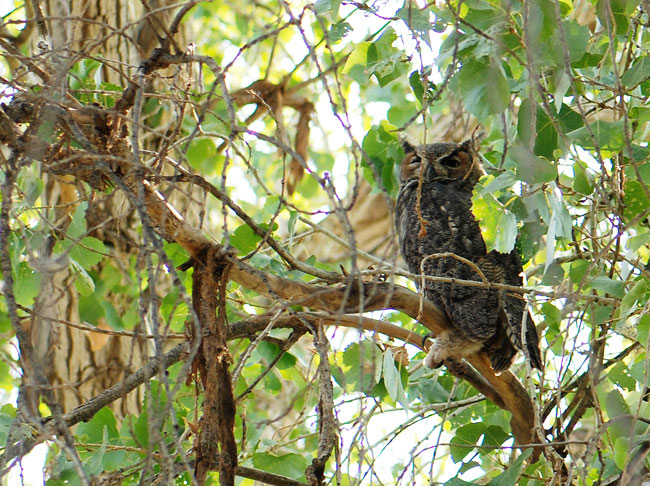For STEM Friday, we’re highlighting the new board book Brilliant Baby Does Math* by Laura Gehl and illustrated by Jean Claude, part of a series at little bee books.
Using a compelling rhyme, Laura Gehl introduces young children to math concepts and vocabulary found in everyday activities.
Math is comparing what’s hotter or colder, longer or shorter…younger or older
Jean Claude’s brightly-colored illustrations are not only cute, but also contain much to explore. For example, ask young readers to point out the shapes they find in each scene. Some of the shapes are subtle, such as hidden in the pattern of a rug. Others are called out in the text.
Last year, I taught a STEM story time for preschoolers. I wish I had this book for the math section. The bouncy rhythm is engaging and it would have generated a lot of discussion.
Overall, Brilliant Baby Does Math isn’t about how to do math, but instead is an age-appropriate introduction to what math does. Investigate a copy today!
*****
Preschooler Math Activity Suggestions:
For preschoolers, math concepts can be introduced informally during playtime. For example, add a set of durable measuring spoons and cups to your sand toy collections.
Or gather toys, such as balls, small cars, or other items to sort (unlike the photograph below, make sure they aren’t all equal in number.)
 Ask the child to sort the items by whatever criteria is age appropriate. For example, you might mix cars and balls, and say, “Which is a car?” Or ask, “Which cars are red?”
Ask the child to sort the items by whatever criteria is age appropriate. For example, you might mix cars and balls, and say, “Which is a car?” Or ask, “Which cars are red?”
Once the items are sorted, expand by asking, “Which pile has ‘less’ items and which has ‘more’?”
If the numbers similar, say one pile has six items and the other has seven items, the child might struggle figuring it out. To help, show them how to pair items so they can see the difference visually. For example, using black @ symbols and green @ symbols:
@@@@@@
@@@@@@@
“Which line is longer?”
Don’t worry if they don’t catch on right away. Move onto another activity and return another day.
Over time, continue to find ways to talk about and explore the math concepts introduced in Brilliant Baby Does Math. Let me know if you’d like more suggestions.
Related:
- Try out some additional math-focused activities for preschoolers (previous post about STEM story time)
- To find further STEAM children’s books coming out this year, visit the STEAMTeam Books website.
- See our growing list of children’s math books for Pi Day and Every Day at Science Books for Kids.
- Late breaking:Â Check out the author interview and book giveaway at Math is Everywhere blog.
Reading age : 2 – 5 years
Publisher : little bee books (February 2, 2021)
ISBN-10 : 1499811195
ISBN-13 : 978-1499811193
Disclosure: This book was provided electronically for review purposes. Also, I am an affiliate with Amazon so I can provide you with cover images and links to more information about books and products. As you probably are aware, if you click through the highlighted title link and purchase a product, I will receive a very small commission, at no extra cost to you. Any proceeds help defray the costs of hosting and maintaining this website.
Come visit the STEM Friday blog each week to find more great Science, Technology, Engineering and Math books.















